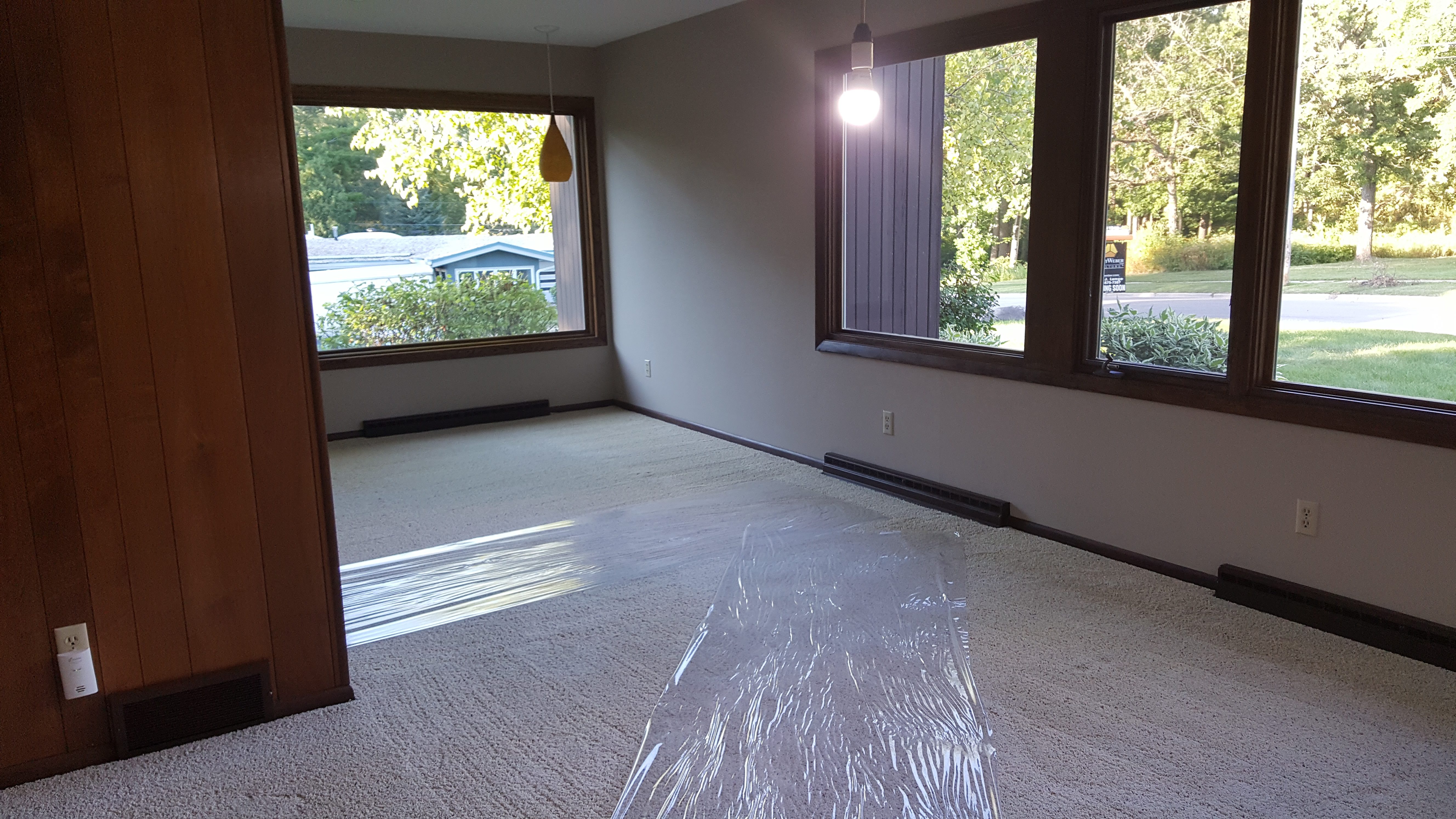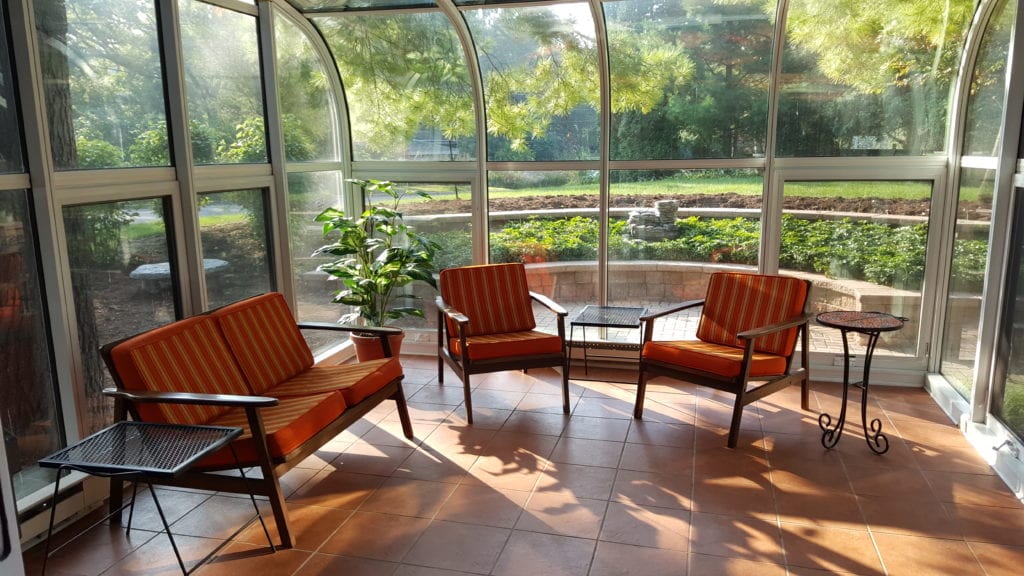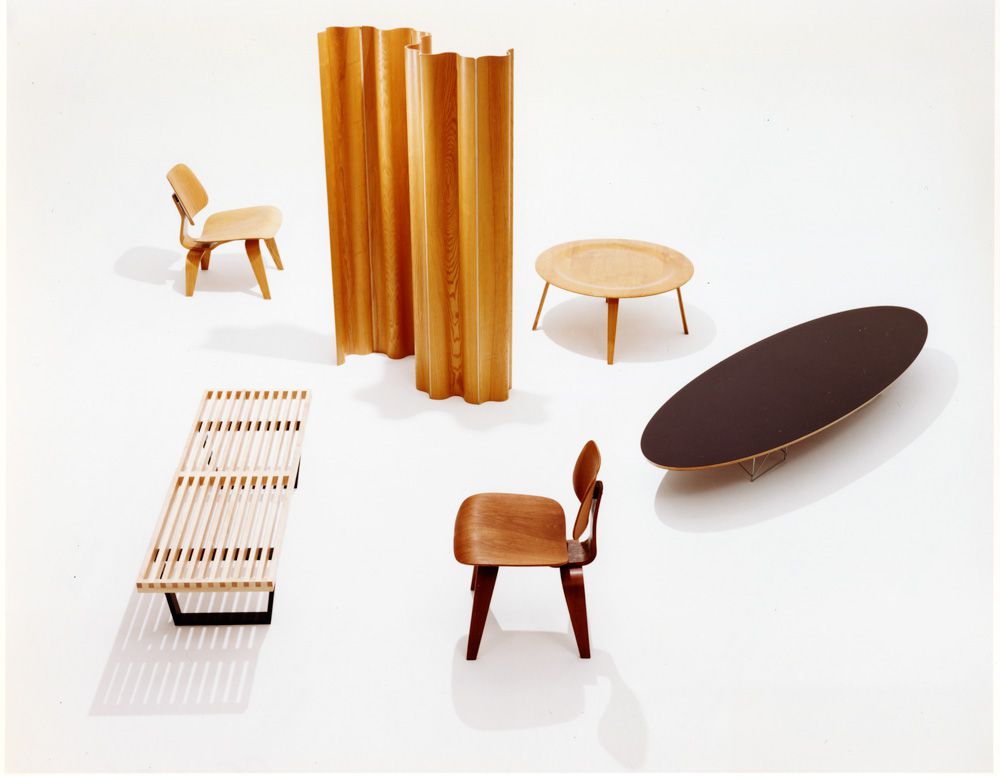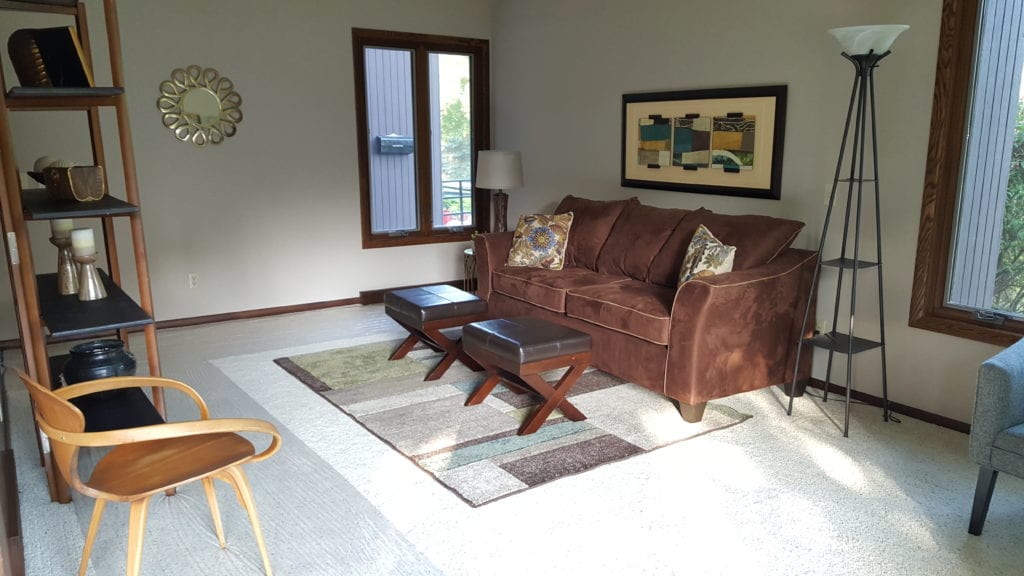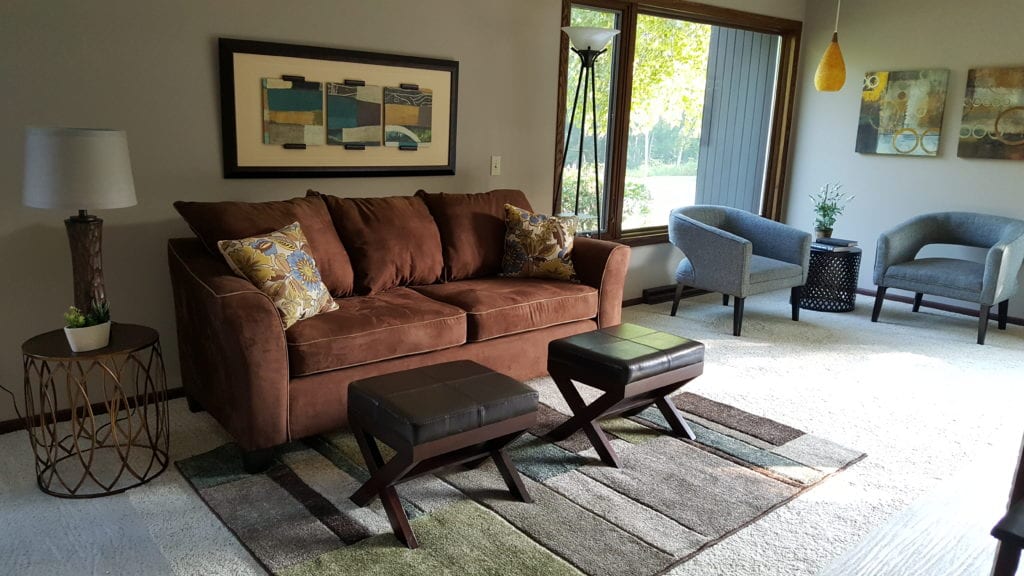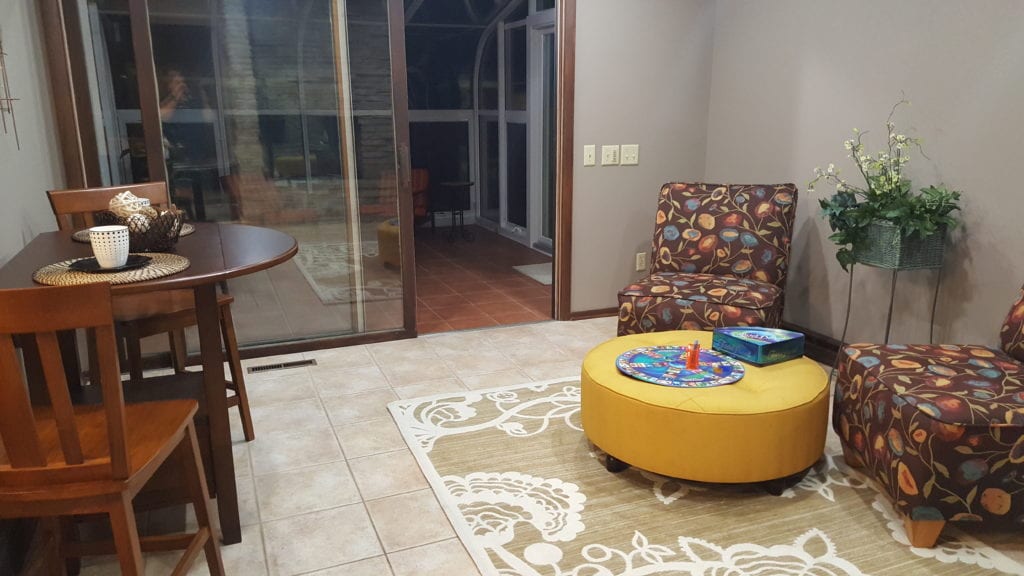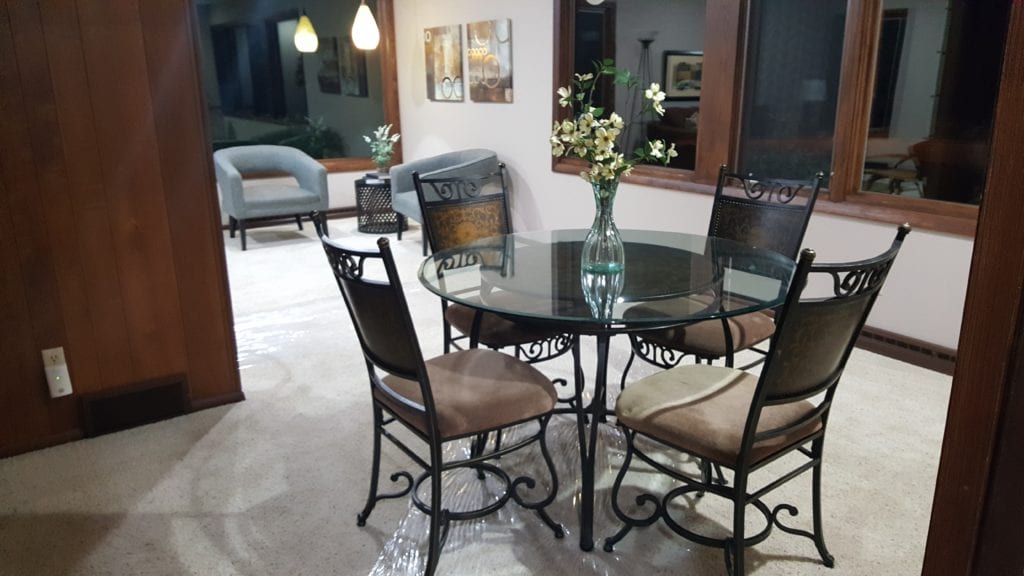What is mid-century modern design
From: What is Midcentury Modern Architecture, Really? by Dinah Eng, HGTV
- Flat planes. The geometric lines of the house are regular and rigorous. Flat roofs are common, though the modern ranch-style houses had gable roofs.
- Large windows. Sliding-glass doors and other expansive panes of glass allow light to enter rooms from multiple angles.
- Changes in elevation. Small steps going up and down between rooms creates split-level spaces. A midcentury modern might have partial walls, or cabinets of varying heights to create different depths in the space.
- Integration with nature. Rooms have multiple outdoor views, or multiple access points, encouraging an appreciation of healthy living.
- High Maintenance. Natural wood siding has to be clear-coated, painted, or oiled. It will also expand and contract. Roof leakage due to the flat roof is common. Keeping the large expanse of windows clean is year-round.
The Mid-Century Modern design period is mostly between 1945 – 1957.
From: Why The World Is Obsessed With Midcentury Modern Design, by Laura Fenton
Why does midcentury modern continue to be popular, and why have contemporary retailers and manufacturers embraced its clean-lined look so emphatically? Midcentury pieces are simply well-designed objects, with a timeless look, says Sotheby’s Joshua Holdeman. “[Midcentury modern designs] sit very well in contemporary homes and interiors—they still feel fresh today, they still feel modern. A lot of those pieces haven’t been bettered. They still stand the test of time.”
Today, more than ever, the midcentury modern look is everywhere. The media have played a large role in the return of this style. AMC’s Mad Men, Dwell magazine, and even New York’s Museum of Modern Art (MoMA) featured furniture pieces and contemporary art from this period. If you dine in a contemporary restaurant, there’s a good chance you’ll be seated in a chair that was designed in the 1950s—whether it is an Eames, Bertoia, Cherner, or Saarinen.
Baby boomers grew up with this design and some want to reminisce their childhoods. Alternatively, Generation X finds this design fascinating because they didn’t grow up with it.
“Some love mid-century modern and others simply can’t stand it, but there is no denying that the 50’s are back in vogue again. Cara Greenberg, the author of ‘Mid- Century Modern: Furniture of the 1950’s’ (Harmony Books) manages to convey the verve, imagination and the occasional pure zaniness of the period.
“The trend toward urban living may also be part of what keeps the mid-century look alive. “The designs were conceived for the smaller post-war home,” says Cara Greenberg, who notes that they were designed to be mobile and lightweight for city residents who moved frequently. “All of that still plays into the way we live today.”
Take a look outside your comfort zone and attend an Open House in a Mid-Century Modern House. It just might appeal to your sense of nature, quirkiness, or nostalgia. Contact Premiere Home Stagers for staging your mid-century modern house. 608-345-9396
